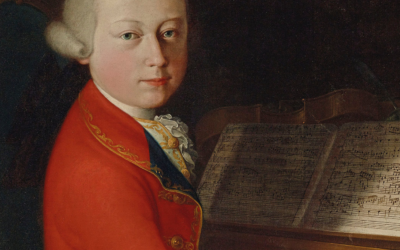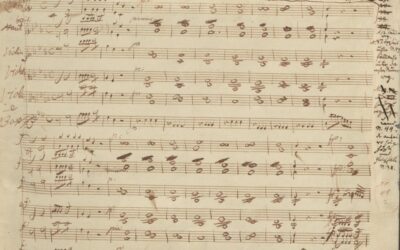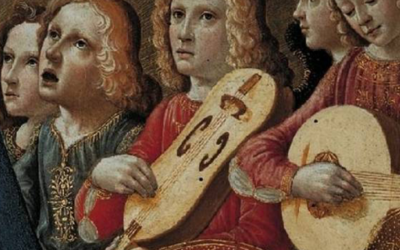Mozart's K 73A
A Mystery Wrapped in Ambiguity
The aria K 73A, listed in the Köchel catalogue as a work by Mozart, remains an enigma. With scant evidence, vague references, and no autograph to confirm its authenticity, one must wonder how such a piece earned a place in the prestigious catalog.
Mozart in Italy: The Untold Story
Was Mozart truly a solitary genius, or was he merely the instrument of his father’s ambition? “Mozart in Italy” challenges the conventional narrative, revealing a complex dynamic between father and son that shaped the course of music history. Prepare to question everything you thought you knew.
“When a name becomes a brand, the truth about its products tends to be obscured.”
Mozart in Italy
The aria “Misero tu non sei” (Wretched thou art not) is listed in the Köchel catalogue under Mozart’s name, yet little is definitively known about it. What we do know is that the text—”Misero tu non sei”—is borrowed from Metastasio’s Demetrio, a detail that leaves no room for doubt about the real author of the libretto. But the supposed composer? That’s where things get murky.
A lone reference in a letter dated January 26, 1770, where Mozart casually mentions starting the aria, offers no further clarification. Whether he was composing it for himself or copying it from his father remains entirely speculative. No manuscript has ever surfaced to authenticate Mozart’s authorship, and the aria’s precise instrumentation, key, and movements are as elusive as its origins. Yet, despite this glaring lack of solid evidence, it continues to hold its place in the official catalogue of Mozart’s works, under the designation K 73A.
Why, then, does this aria persist in being associated with Mozart? The answer likely lies not in musical innovation or compelling historical documentation, but in the strength of the mythos surrounding Mozart’s name. The absence of an autograph, the speculative nature of the evidence, and the questionable provenance should render this aria a footnote at best, yet it occupies an oddly secure spot in the annals of his supposedly vast oeuvre.
As is often the case with works attributed to Mozart, the true nature of this aria becomes less about its merit and more about its association with a figure whose name has, for centuries, been enshrined as the pinnacle of musical achievement—an association that may be more about preserving an image than accurately cataloguing historical fact. The inclusion of K 73A in the Köchel catalogue is less a testament to Mozart’s compositional prowess and more a reflection of the enduring power of Mozart’s legend, for which musical truth is often a secondary concern.
At the end of the day, Misero tu non sei may serve as yet another example of how Mozart’s name—regardless of the evidence—continues to overshadow the true origins of many pieces, a legacy built not just on music, but on myth.
You May Also Like
Rediscovering Musical Roots: The World Premiere of Gasparini and Mysliveček
This December, history will come alive as the Camerata Rousseau unveils forgotten treasures by Quirino Gasparini and Josef Mysliveček. These premieres not only celebrate their artistry but also reveal the untold influence of Gasparini on Mozart’s Mitridate re di Ponto. A pivotal event for anyone passionate about rediscovering music history.
The Curious Case of Mozart’s Phantom Sonata
In a striking case of artistic misattribution, the Musikwissenschaft has rediscovered Mozart through a portrait, attributing a dubious composition to him based solely on a score’s presence. One has to wonder: is this music really Mozart’s, or just a figment of our collective imagination?
The Illusion of Canonic Mastery
This post explores the simplistic nature of Mozart’s Kyrie K.89, revealing the truth behind his early canonic compositions and their implications on his perceived genius.
The Unveiling of Symphony K.16
The Symphony No. 1 in E-flat major, K.16, attributed to young Wolfgang Mozart, reveals the complex truth behind his early compositions. Far from the prodigious work of an eight-year-old, it is instead a product of substantial parental intervention and musical simplification.
The Cibavit eos and Mozart’s Deceptive Legacy
The Cibavit eos serves as a striking reminder that Mozart’s legacy may be built on shaky foundations, questioning the very essence of his so-called genius.
K.143: A Recitative and Aria in the Shadows of Doubt
K.143 is a prime example of how Mozart scholarship has turned uncertainty into myth. With no definitive evidence of authorship, date, or purpose, this uninspired recitative and aria in G major likely originated elsewhere. Is it time to admit this is not Mozart’s work at all?







